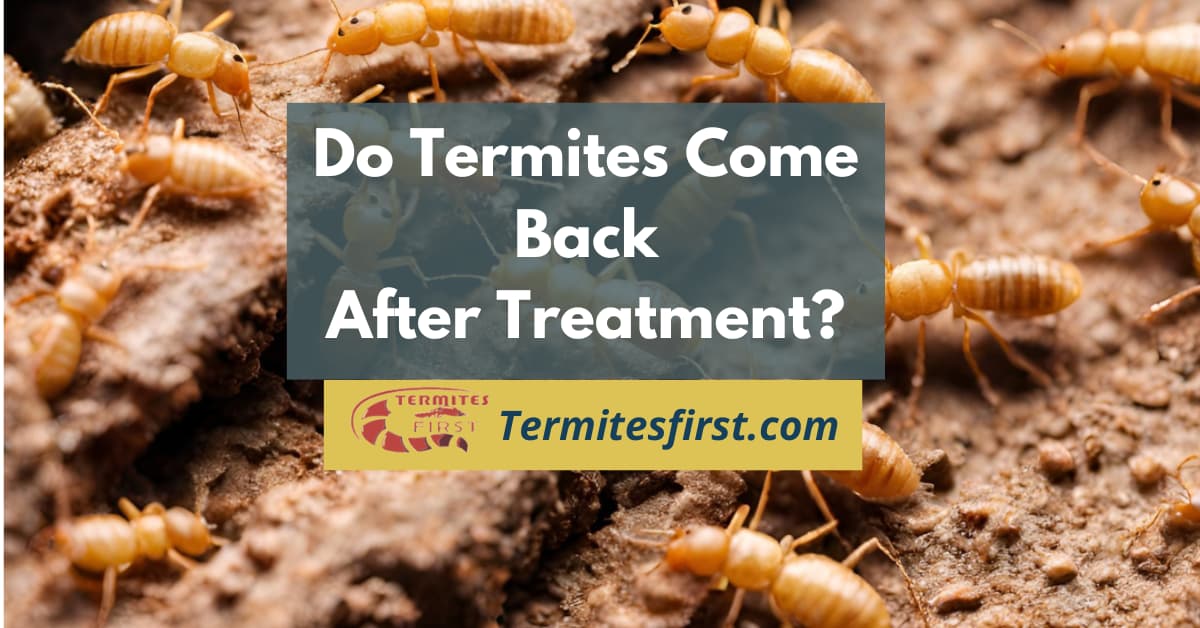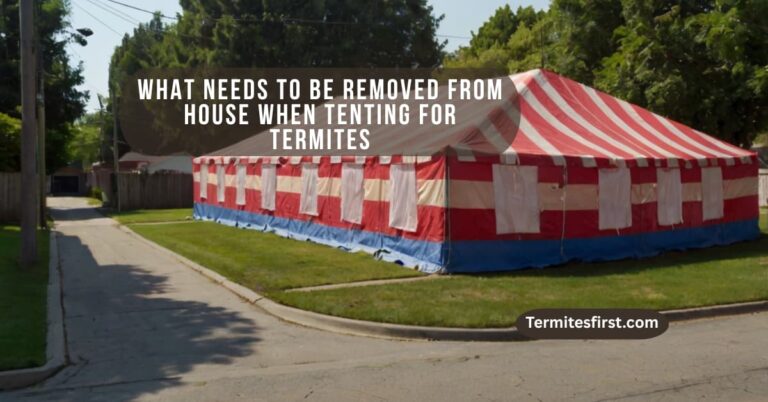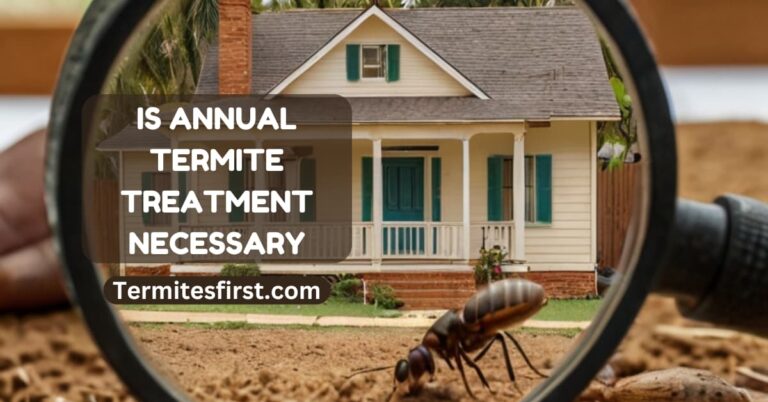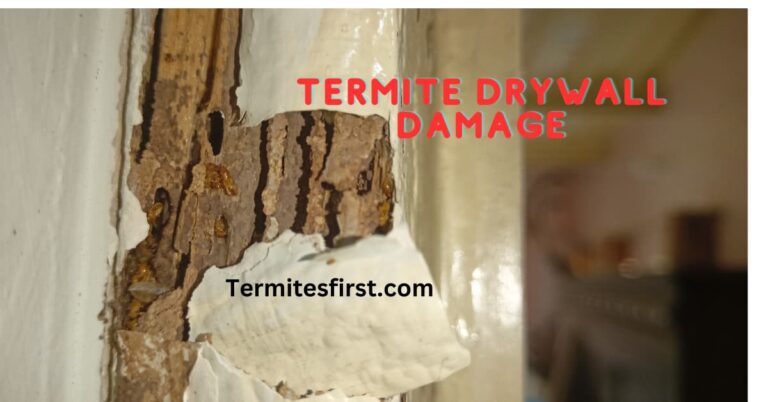Do Termites Come Back After Treatment? – Expert Insights
Curious if termites can return after treatment? Picture this: you’ve dealt with a termite infestation, but the nagging question remains – “Do termites come back after treatment“? As a homeowner, the thought can be unsettling. Understanding the likelihood of a termite resurgence is crucial for safeguarding your property. Let’s delve into this common concern and explore whether those pesky critters tend to make a comeback post-treatment. Stay informed to protect your home sweet home from these destructive pests.
Understanding Termite Infestations
Lifecycle of Termites
Termites are social insects that live in colonies, with each colony consisting of workers, soldiers, and swarmers. They feed on wood and other cellulose materials, causing severe structural damage to buildings over time. The termite lifecycle involves egg, nymph, and adult stages, with the queen being the primary egg layer in the colony.
Detecting Termite Infestations
Detecting a termite infestation early is crucial to prevent extensive damage. Common signs of infestation include hollow-sounding wood, mud tubes on walls or foundation, discarded termite wings, and visible mazes within wood structures. Regular inspections by professionals can help identify and address infestations promptly.
Treatment Options for Termite Control
When dealing with a termite infestation, it’s essential to consider treatment options carefully. Chemical treatments like liquid termiticides or bait systems are commonly used to eliminate termites. Physical barriers such as metal screens or sand barriers can also be effective in preventing termite entry into buildings.
Factors Contributing to Reinfestation
Moisture
Moisture plays a crucial role in termite reinfestation, as these pests thrive in damp environments. Leaking pipes or improper drainage can create the ideal conditions for termites to return.
Wood-to-Soil Contact
Wood-to-soil contact around your property can serve as a direct pathway for termites to come back after treatment. Ensuring that wooden structures are not in direct contact with the soil can help prevent reinfestation.
Entry Points
Cracks in the foundation of your home are potential entry points for termites. These tiny openings provide easy access for termites to enter your property and start causing damage again.
Attractants
Having mulch and woodpiles close to the house can attract termites back post-treatment. Removing these attractants from near your home’s foundation can reduce the risk of reinfestation.
Treatment Approaches for Termite Control
Liquid Treatments
Liquid treatment involves applying termiticide to the soil around and under a structure. This method creates a barrier that prevents termites from entering the building. The liquid is usually sprayed or injected into the ground.
I had a personal experience where liquid treatment effectively eradicated termites from my home’s foundation. The process was straightforward, and within weeks, I noticed a significant decrease in termite activity.
Baiting Systems
Baits are another effective way to control termites. These systems use slow-acting insecticides disguised as food sources for termites. When the termites feed on the bait, they bring it back to the colony, eventually leading to its elimination.
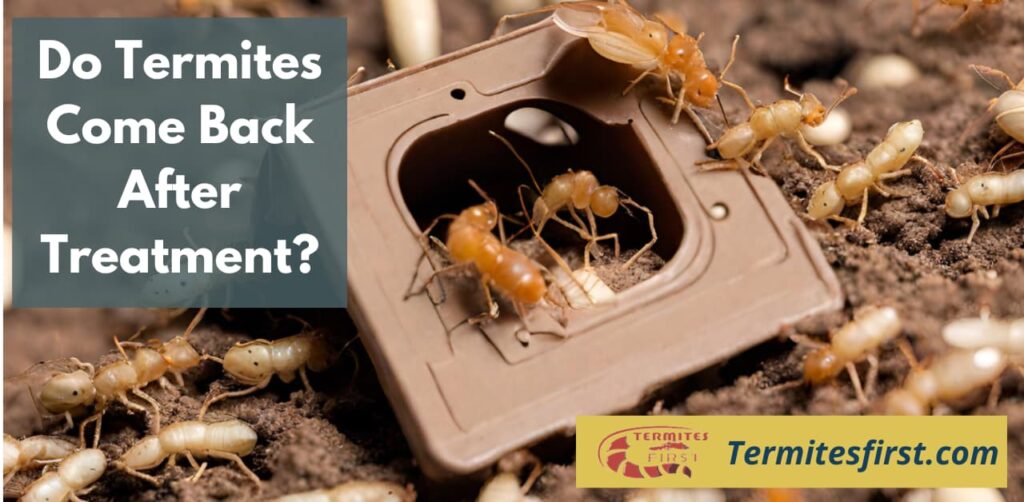
Using baiting systems can be a more environmentally friendly approach compared to liquid treatments. I found that baits offered long-term protection against termites without requiring extensive chemical applications.
Fumigation Process
Fumigation is a comprehensive process that involves sealing off the entire structure and introducing gas to eliminate termites. This method is typically used for severe infestations or when other treatments have failed. It ensures complete eradication of all termite colonies within the property.
During a fumigation process I underwent, I had to vacate my home temporarily. While it was inconvenient, the results were worth it as there was no sign of termites post-treatment.
Exploring A.C.E. Termite Treatment
A.C.E. Overview
A.C.E. termite treatment is a comprehensive approach designed to eliminate entire termite colonies effectively. By targeting the source, this method ensures long-term protection against these destructive pests. The process involves baiting termites with slow-acting insecticides, disrupting their population growth and eventually eradicating them.
I have personally found that A.C.E. treatment is highly effective in controlling termite infestations due to its targeted nature. This method not only addresses the current termite problem but also prevents future re-infestations by eliminating the root cause of the issue.
Effectiveness of A.C.E. Treatment
The slow-acting insecticides used in A.C.E. treatment allow for sufficient time for termites to spread the poison throughout their colony, ensuring maximum impact on their population. This method has been proven to be successful in eradicating even large and persistent termite colonies, providing homeowners with peace of mind.
In my experience, opting for A.C.E. treatment has not only resolved my termite issues but also offered long-term protection against potential re-infestations. The strategic approach of targeting the entire colony rather than just individual termites sets this treatment apart from conventional methods.
Likelihood of Termite Return Post-Treatment
Effectiveness of A.C.E. Treatment
After undergoing termite treatment, there is an average chance that termites might return. The efficacy of A.C.E. treatment, while significant, does not guarantee the complete prevention of future termite invasions. It’s essential to understand that even with professional intervention, termites can find their way back into a property.
Preventative Measures
To minimize the likelihood of termite reinfestation, certain steps can be implemented post-treatment. Regular inspections by professionals help in detecting any early signs of termite activity. Addressing moisture issues around the property and ensuring proper ventilation can deter termites from returning.
Personal Experience
I once had termites in my home, and despite receiving treatment, they managed to come back after some time. It was a reminder that vigilance is key in preventing their return. By maintaining a clean and dry environment, I significantly reduced the chances of another infestation.
Signs of a Suspected Reinfestation
Mud Tubes
Mud tubes on walls or foundation are indicative of termite activity. These tubes serve as protective pathways for termites.

Discarded Wings
Discarded wings near windows or doors can suggest a termite swarm. After mating, termites shed their wings.
Hollow-Sounding Wood
Wood that sounds hollow when tapped may indicate termite damage. Termites consume wood from the inside out, leaving a hollow shell.
I have encountered situations where homeowners mistook termite infestations for ant problems due to similar appearances. It’s crucial to seek professional help for accurate identification and treatment.
In some cases, termites return within days after treatment, especially if the initial infestation was extensive. Regular inspections and preventive measures are essential to avoid reinfestations.
Preventing Termite Return After Treatment
Maintaining Dry Soil
Keep mulch away from the foundation and ensure the soil remains dry to discourage termites from returning. Moist soil attracts these pests, so proper drainage is crucial.
Inspect the area around your home regularly to identify any moisture buildup or leaks that could potentially attract termites. By addressing these issues promptly, you can prevent termite infestations effectively.
To keeping the soil dry, consider using termite-resistant mulch around your property. This type of mulch acts as a deterrent, reducing the risk of termites reinfesting your home.
Wooden Structure Maintenance
Regularly check wooden structures in your house for any signs of damage or decay. Termites are attracted to damp or decaying wood, making regular maintenance essential.
Ensure that all wooden components are properly sealed and painted to prevent moisture from seeping in, creating an environment conducive to termite infestation.
As a homeowner, I have found that conducting routine inspections and promptly addressing any issues with wooden structures has been instrumental in keeping termites at bay.
Importance of Professional Inspections
Early Detection
Professionals detect termite activity early, crucial in preventing significant damage to structures. Their trained eyes can spot subtle signs of infestation that untrained individuals might overlook. By catching termites early, professionals can implement targeted treatments swiftly.
Preventive Measures
Regular inspections by professionals help prevent extensive termite damage over the years. These routine checks ensure any signs of termite presence are promptly addressed before they escalate. Property owners benefit from the peace of mind knowing their structures are termite-free.
Treatment Recommendations
Professionals recommend suitable treatment options based on the severity of the infestation. Their expertise allows them to assess the extent of the termite problem accurately. They tailor solutions to each unique case, ensuring effective eradication and long-term protection.
In my experience, scheduling annual professional termite inspections has saved me from costly repairs due to undetected infestations. I highly recommend investing in regular inspections for peace of mind and property preservation.
Conclusion:
In understanding termite infestations, it’s crucial to grasp the factors that contribute to reinfestation. By exploring treatment approaches and the efficacy of A.C.E. Termite Treatment, we can gauge the likelihood of termites returning post-treatment. Recognizing signs of a suspected reinfestation and implementing preventive measures are key in maintaining a termite-free environment. Professional inspections play a vital role in ensuring early detection and effective control. To safeguard your property from termite threats, stay vigilant, act promptly, and invest in professional services for thorough protection. Don’t wait for termite troubles to resurface; take proactive steps to secure your peace of mind and property integrity.
FAQ’s:
Termites can return post-treatment if conducive conditions persist. Regular inspections and preventive measures are essential to deter reinfestation.
Look out for mud tubes, discarded wings, hollow-sounding wood, and frass near wooden structures. Promptly address any signs to prevent further damage.
Ensure proper drainage, eliminate wood-to-soil contact, seal cracks, and maintain ventilation. Regular professional inspections can detect early signs of infestation for timely intervention.
Professional inspectors have the expertise to detect hidden termite activity and recommend effective treatment strategies. Their thorough assessments help prevent costly damages from undetected infestations.
Moisture issues, untreated wood debris, nearby colonies, and structural vulnerabilities can attract termites back even after treatment. Addressing these factors is crucial for long-term termite control success.

